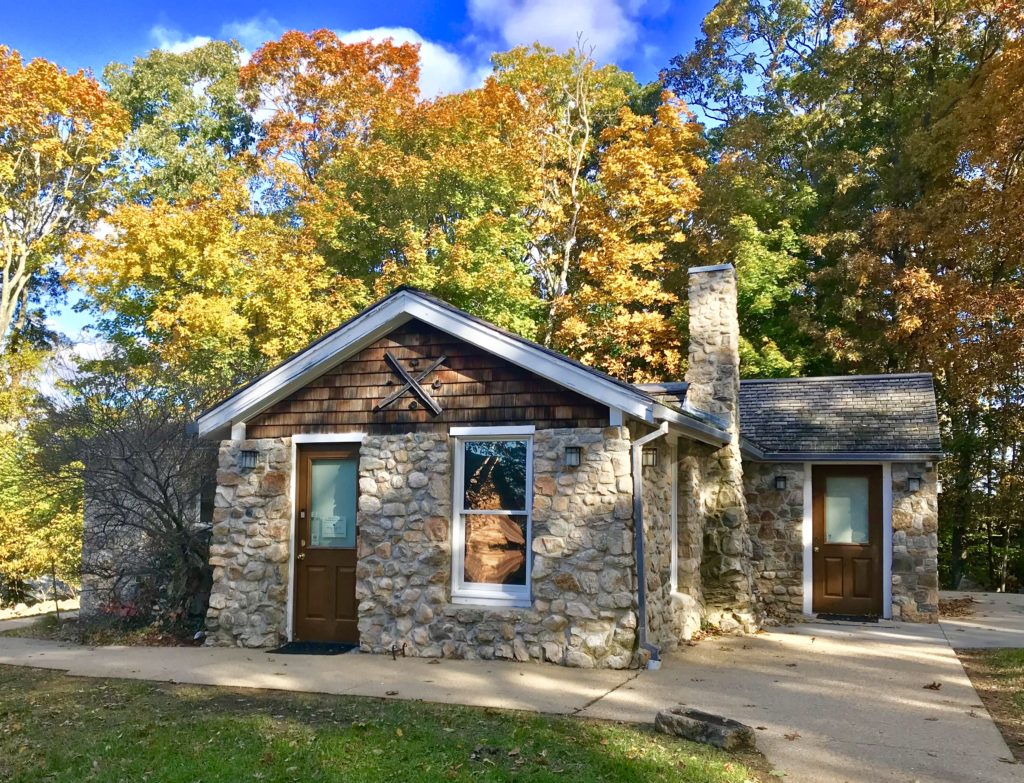Return to Introduction and Lesson Plans at a Glance

Introduction
In this lesson students explore the roles of museums in our society and the features of the Tantaquidgeon Museum in Uncasville, Connecticut operated by the Mohegan Tribe. The museum includes outdoor exhibits, including reconstructions of wigwams and long houses. Students then build a dome to further deduce conclusions about the lifeways of some of Connecticut’s indigenous peoples.
Lesson Objective
Through the construction of a wigwam dome, students will deduce/infer the reasons for and strengths of that type of residence to the traditional Native American life and community in Connecticut. They will also understand the role of museums in preserving history.
Grade Level
grades 3 to 6
Lesson Plan PDF
Introductory Discussion Questions
Begin with an in-class discussion about how we learn history: from books, letters, oral stories, movies, on-line articles, archeology, historic places, photographs, and artifacts. What things can we do to share our history with the next generation?
Here are some questions to help guide the discussion:
Q. What places reflect our history and who we are?
A. Our homes, our neighborhoods, our town, our houses of worship
Q. How do we learn our history?
A. We talk to our family members about their lives and what they remember, we look at photographs, and we learn family traditions like holiday celebrations. We can also go to a museum to see a collection of objects and images that share history.
Q. What does a museum do to save our history?
A. A museum is a place that cares for a collection of artifacts and other objects of artistic, cultural, historical, or scientific importance. Many museums make these items available for public viewing.
Q. What museums have you gone to?
A. There are many types of museums: art museums, history museums, and science museums. (Refer also to chapter 9.) What types of things did they have on display? What objects do you remember from your museum visit?
Q. How did the Native Americans share their history before there were written records?
A. Oral history, family traditions, learning from older members of their tribe, and sharing stories about tribal objects.
Q.What is oral tradition?
A. Oral tradition is a where knowledge, art, ideas, and cultural practices is received, preserved, and transmitted by word of mouth from one generation to another. It can be through speech or song and may include folktales, ballads, chants, prose, or verses. It can also be through instruction in traditional methods of doing things.
Q. What types of objects would you collect if you were making your own museum to tell your family’s story?
A. Pictures, holiday decorations, heirlooms.
Lesson Activity & Resources
Lesson Resources
Where I Live: Connecticut, Connecticut, chapter 2, pages 15 – 20; chapter 9 pages 65 - 67.
You may also like to have students read all or parts of:
“Uncas, the Mohegan Tribe, and the Founding of Norwich”
Word Wall
Mohegan Tribe, Tantaquidgeon, wigwam, dome, indigenous, culture
State Standards Alignment
GEO 3.1-3 What are the histories of towns, landmarks, and geographical features that are named after indigenous peoples in Connecticut?
Human-Environment Interaction: Places, Regions, and Culture
GEO 3.4 Explain how culture influences the way people modify and adapt to their environments.
GEO 3.5 Explain how cultural and environmental characteristics influence population distribution in specific places or regions.